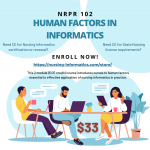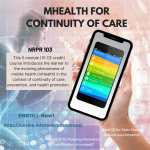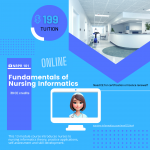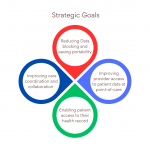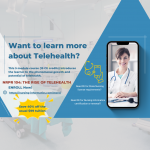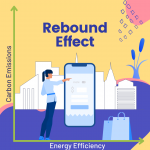If you want to learn more about the human factors to consider in informatics, consider taking NRPR 102: Human Factors in Informatics. This 2 module (5 CE credit) course introduces nurses to human factors essential to effective application of nursing informatics in practice. Topics focus on the human factors of ergonomics, human-computer interaction, usability, learnability, memorability, likeability, readability, asepsis, and… Read more →
